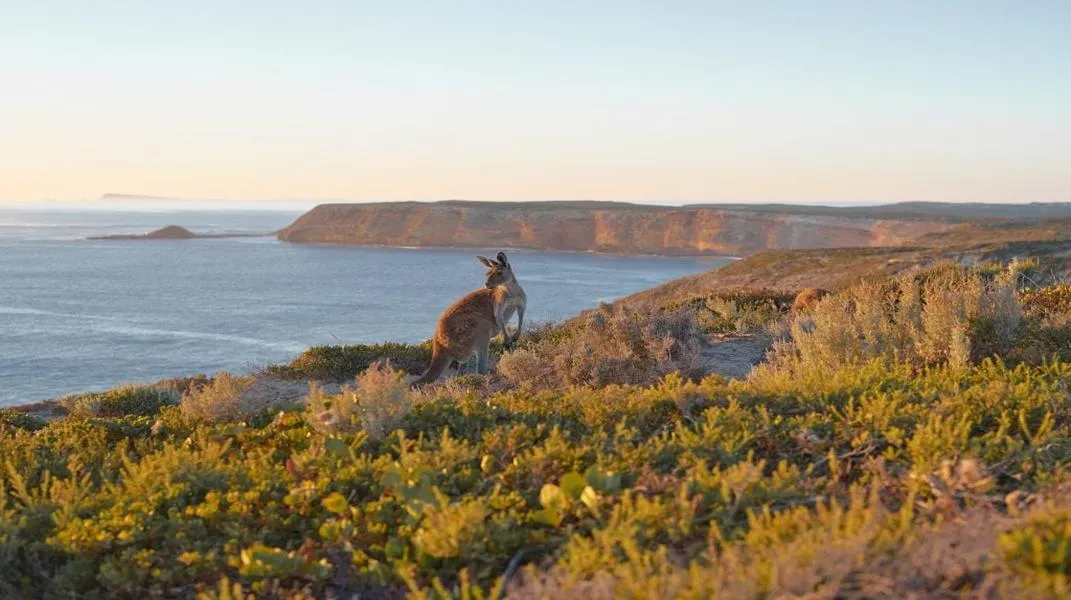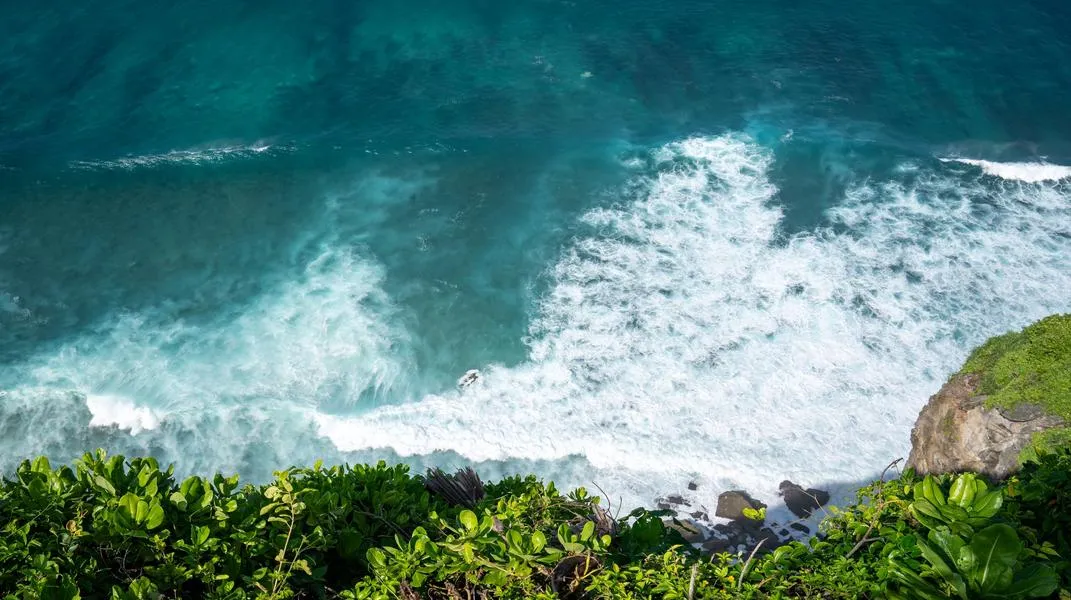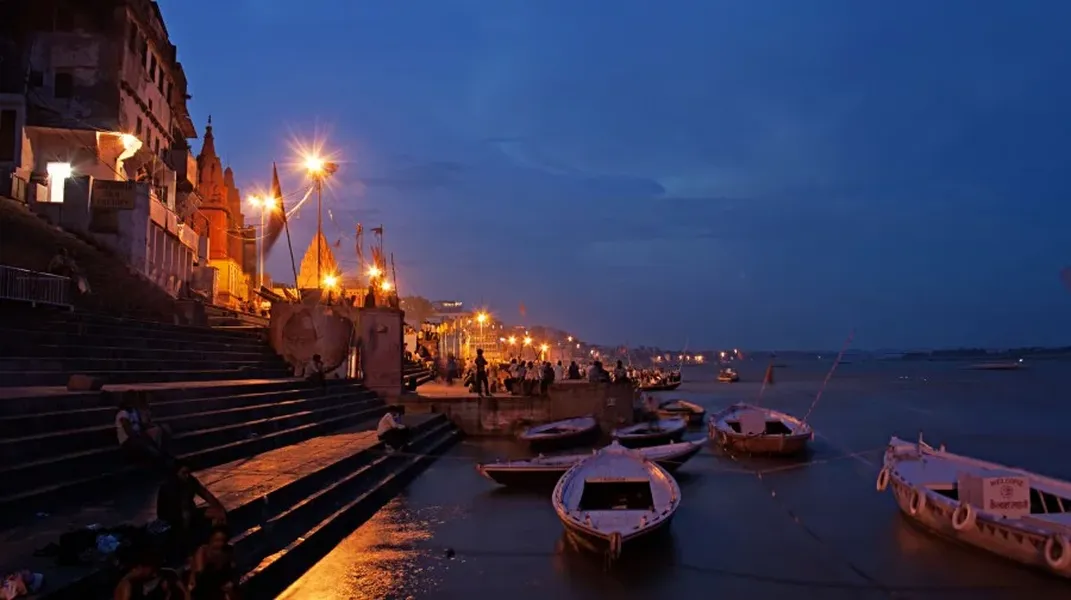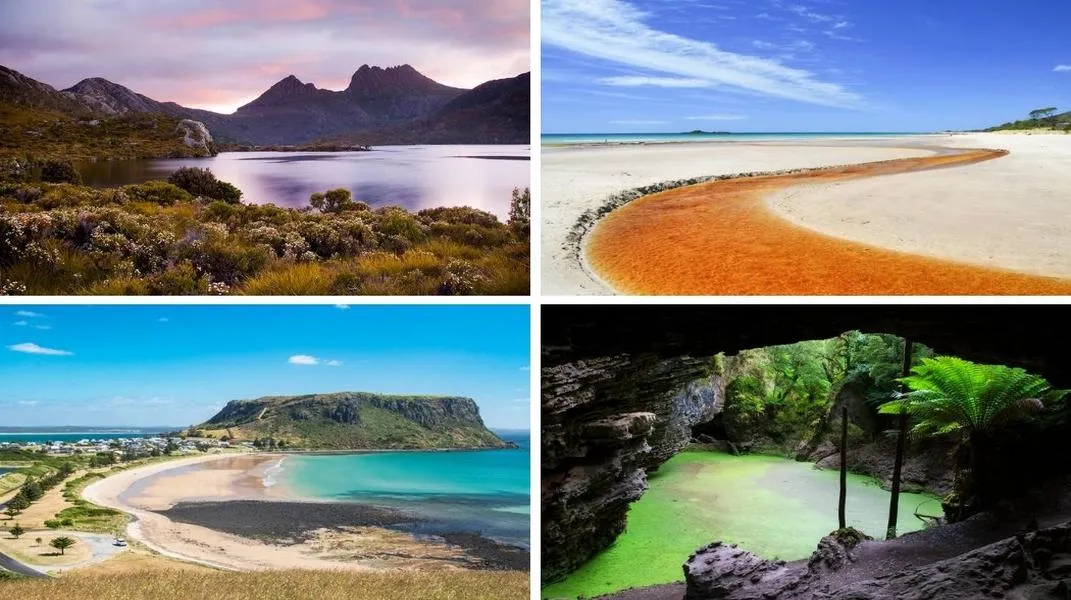Exploring Lima: A Cultural and Culinary Treasure of Peru
Situated along the central coast of Peru, Lima is more than just the nation’s capital; it is a vibrant tapestry woven from history, culture, and culinary excellence. With a population of nearly
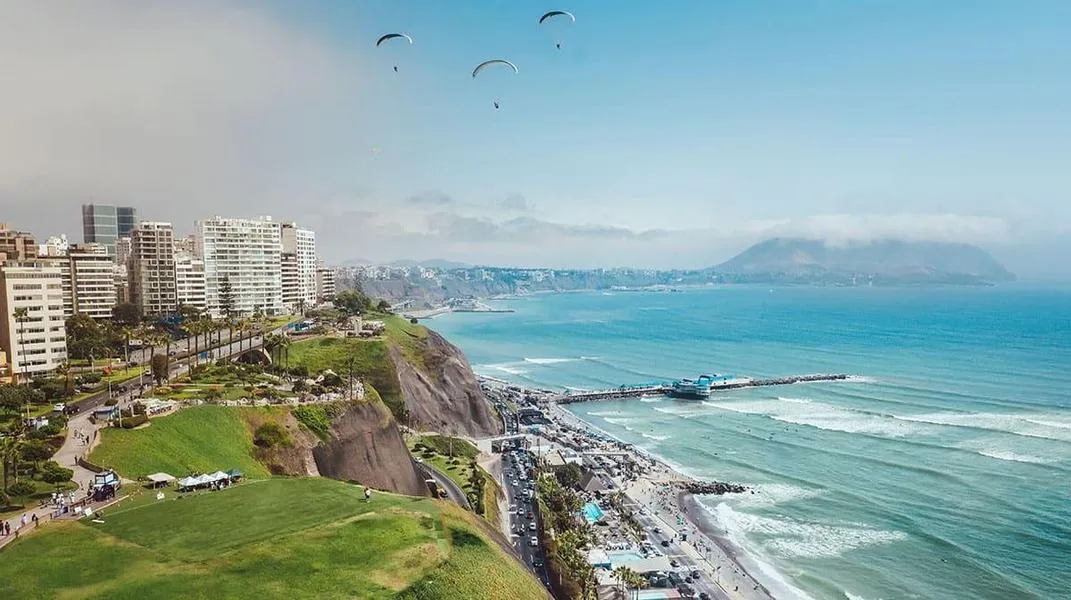
A Brief Historical Overview
Founded by Spanish conquistador Francisco Pizarro in 1535, Lima was once the capital of the Spanish Viceroyalty of Peru and served as a major political, cultural, and economic hub in South America. Its historical significance is evident in its well-preserved colonial architecture, many of which are UNESCO World Heritage Sites. The city’s history is a complex fusion of indigenous cultures and Spanish influence, which you can experience through its museums, plazas, and local traditions.
Attractions in Lima
1. Plaza Mayor
The heart of Lima, Plaza Mayor (or Plaza de Armas) is surrounded by stunning colonial buildings, including the Government Palace, the Cathedral of Lima, and the Archbishop’s Palace. The square is a great starting point for exploring the city’s rich history. Be sure to catch the changing of the guard ceremony at the Government Palace, which takes place daily at noon.
2. Larco Museum
The Larco Museum is a must-visit for anyone interested in Peru's pre-Columbian history. Housed in an 18th-century vice-royal mansion, the museum showcases over 5,000 years of Peruvian history through its extensive collection of artifacts, including textiles, ceramics, and goldsmithing. The erotic pottery display provides a fascinating insight into the ancient cultures’ views on sexuality and social norms.
3. Miraflores
A trendy district known for its parks, coastal views, and vibrant nightlife, Miraflores is a favorite among both locals and tourists. The Malecón, a scenic boardwalk along the cliffs overlooking the Pacific Ocean, is perfect for leisurely strolls, biking, or rollerblading. Don’t miss the Parque Kennedy, where you can experience the lively atmosphere, indulge in local street food, and interact with the many friendly cats that roam the area.
4. Barranco
Known as Lima’s bohemian district, Barranco is characterized by its colorful buildings, artistic vibe, and vibrant nightlife. The Puente de los Suspiros (Bridge of Sighs) is a romantic spot that offers a picturesque view of the area. Explore local art galleries, cafes, and enjoy live music in the evenings. Barranco is also famous for its street art, making it a perfect area for photography enthusiasts.
5. The Historic Centre of Lima
The historic center of Lima is a UNESCO World Heritage Site and offers a glimpse into the city’s colonial past. The Cathedral of Lima, constructed in the 16th century, is an architectural marvel worth exploring. Nearby, the Convent of San Francisco features a stunning library and catacombs that house the remains of thousands of people—an eerie yet fascinating experience.
6. Huaca Pucllana
This pre-Columbian archaeological site is located in the Miraflores district and dates back to the Lima culture (200-700 AD). The adobe and clay pyramids are impressive, and guided tours provide insight into how this site functioned as a ceremonial and administrative center. The adjoining restaurant offers a unique dining experience with views of the ruins.
7. Culinary Delights
Lima is often hailed as the gastronomic capital of South America. The city boasts an array of dining options, from street food stalls to world-class restaurants. Be sure to try ceviche, a classic Peruvian dish made from fresh raw fish marinated in citrus juices. Notable restaurants include Central, Maido, and Astrid y Gastón—each offering a unique take on Peruvian cuisine.
8. Parque de las Leyendas
This sprawling zoo and archaeological site in San Miguel offers a fun family day out. You can learn about Peru’s diverse wildlife, including native species like the Andean condor and the Amazon river dolphin. The park also features ancient ruins, making it a great place to combine education and leisure.
9. Cerro San Cristóbal
For panoramic views of the city, a hike or drive up Cerro San Cristóbal is essential. The hill, which overlooks Lima, is home to a large statue of Christ and offers breathtaking views, especially at sunset. A visit here provides a perfect opportunity for photography and contemplation.
Preparing for Your Visit
1. Travel Documents and Visa
Before traveling, ensure your passport is valid for at least six months beyond your planned departure date. Depending on your nationality, you may require a visa to enter Peru. Check with your local Peruvian consulate or embassy for specific entry requirements.
2. Health and Safety
Consult with your healthcare provider about necessary vaccinations or medications before your trip. While Lima is relatively safe for tourists, it’s wise to take standard precautions. Avoid displaying expensive items, stick to well-lit areas at night, and keep your belongings secure.
3. Best Time to Visit
Lima has a mild climate, with temperatures averaging between 15°C (59°F) and 24°C (75°F). The best time to visit is during the summer months (December to March) when the weather is generally warmer and sunnier. Be aware that Lima can experience a coastal fog called "La Garúa" during the winter months (June to September), which may obscure views.
4. Packing Essentials
- Clothing: Pack layers, as temperatures can fluctuate throughout the day. Lightweight clothing is recommended for daytime, while a light jacket or sweater may be needed for cooler evenings.
- Footwear: Comfortable walking shoes are essential for exploring the city’s numerous attractions.
- Sun Protection: Sunscreen, sunglasses, and a hat are important, as the sun can be strong, even on cloudy days.
- Travel Adapters: Peru uses Type A and Type C plugs, so bring a suitable adapter for your electronic devices.
- Cash and Cards: While credit cards are widely accepted, it’s advisable to carry some cash for small purchases, especially in markets and street vendors.
5. Transportation
Lima has a range of public transportation options, including buses, taxis, and the Metropolitano bus rapid transit system. While taxis are readily available, it’s safer to use ride-sharing apps like Uber or Beat for greater security. If you're planning to explore different neighborhoods, consider renting a bike in Miraflores or Barranco.
6. Language
Spanish is the predominant language in Lima; however, many tour guides and staff in hotels and restaurants speak some English. Learning a few basic phrases in Spanish can enhance your experience and interactions with locals.
7. Culinary Exploration
To fully appreciate Lima’s culinary scene, consider taking a cooking class or food tour. These experiences will allow you to learn about local ingredients, cooking techniques, and the cultural significance of various dishes.
8. Cultural Etiquette
Be respectful of local customs and traditions. When visiting religious sites, dress modestly and be mindful of photography restrictions. Tipping is customary in restaurants (around 10%) and for tour guides.
Conclusion
Lima is a city that captivates the senses with its rich history, stunning architecture, and vibrant culture. From the bustling streets of Miraflores to the serene plazas of the historic center, every corner offers a unique experience waiting to be explored. Whether you are an art enthusiast, a history buff, or a food lover, Lima has something for everyone. With the right preparation and an open mind, your visit to this Peruvian gem is sure to be unforgettable. So pack your bags, and embark on an adventure that will leave you with lasting memories of this dynamic city.
This HTML structure includes appropriate `` and `
` tags for headings and paragraphs, along with `

